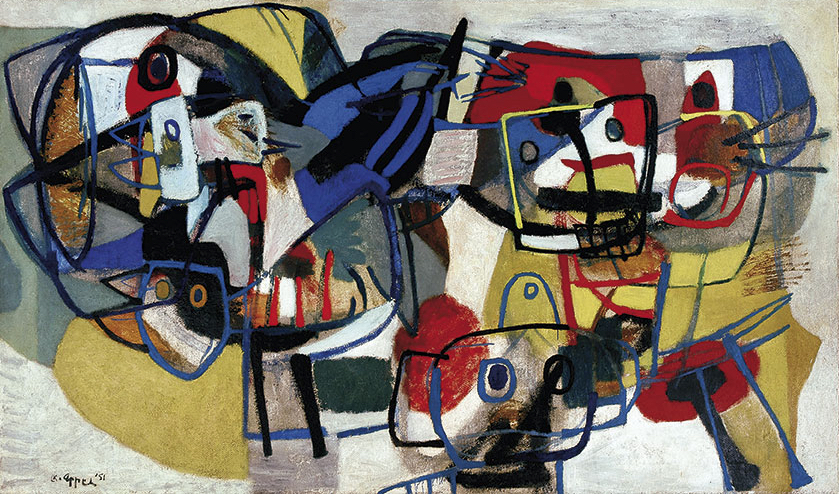
Interfaces no. 5. Biblical Creatures: The Animal as an Object of Interpretation in Pre-Modern Christian and Jewish Hermeneuti
Available now in open access!
Guest-edited by Astrid Lembke, Interfaces no. 5 is available now in open access!
Abstract
This issue of Interfaces explores the question of how Jewish and Christian authors in pre-modern Latin Europe thought and wrote about some of the animals mentioned in the Bible. To them, thinking about animals was a way of thinking about what it means to be human, to perceive the world, and to worship God and his creation. Animals' nature, animals' actions and animals' virtues or shortcomings were used as symbols and metaphors for describing human behavior, human desires, human abilities and disabilities, and positive or negative inclinations or traits of character.
Both Christian and Jewish medieval and early modern scholars wondered about how they could possibly delve into the deeper layers of meaning they assumed any textual or extra-textual animal to convey. Not surprisingly, they often had to deal with the fact that a specific animal was of interest to members of both religious communities. A comparison between Jewish and Christian ways of reading and interpreting biblical passages featuring animals shows what the two hermeneutic traditions had in common, what separated them, and how they influenced each other, depending on the historical context in which the authors worked.
The papers in this issue of Interfaces cover a wide range of animal species, such as the dove, the stag, the unicorn, the elephant, the crocodile, the lion, the hyena, the raven, the hare, and the dog as medieval and early modern authors and illuminators portrayed and interpreted them. Since several themes come up in more than one paper concerning different kinds of animals, this issue groups its papers in three sections. These sections deal with divine creatures (mediators between humankind and God, symbols for the human believer, agents of heaven); exotic creatures (animals in different parts of the world, encounters between humans and animals in past times, animals with extraordinary appearances and properties); and social creatures (transgressive and pious animals, animals used to demonstrate obedience or to facilitate transgression, animals as symbols for conflict or cooperation).
Contents
- Astrid Lembke. Biblical Creatures: The Animal as an Object of Interpretation in Pre-Modern Christian and Jewish Hermeneutic Traditions – an Introduction 7–15
- Beatrice Trînca. The Bride and the Wounds − “columba mea in foraminibus petrae” (Ct. 2.14) 16–30
- Elke Koch. A Staggering Vision: The Mediating Animal in the Textual Tradition of S. Eustachius 31–48
- Julia Weitbrecht. “Thou hast heard me from the horns of the unicorns:” The Biblical Unicorn in Late Medieval Religious Interpretation 49–64
- David Rotman. Textual Animals Turned into Narrative Fantasies: The Imaginative Middle Ages 65–77
- Johannes Traulsen. The Desert Fathers’ Beasts: Crocodiles in Medieval German Monastic Literature 78–89
- Oren Roman. A Man Fighting a Lion: A Christian ‘Theme’ in Yiddish Epics 90–110
- Andreas Kraß. The Hyena’s Cave: Jeremiah 12.9 in Premodern Bestiaries 111–128
- Sara Offenberg. Animal Attraction: Hidden Polemics in Biblical Animal Illuminations of the Michael Mahzor129–153
- Bernd Roling. Zurück ins Paradies. Der Rabe, die Taube und das Ende der Sint ut 154–174
- Kenneth Stow. The Jewish Dog and Shehitah 175–193
Image: Karel Appel, Femmes, enfants, animaux, 1951: oil on jute, 170 x 280 cm © Cobra Museum voor Moderne Kunst Amstelveen – by SIAE 2018